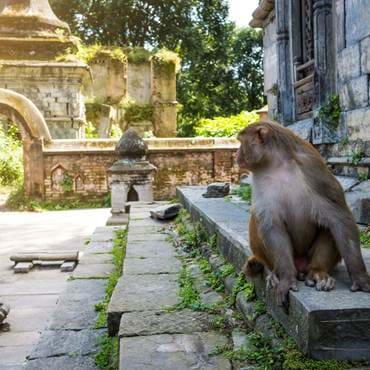
Nepal
Nepal has both Buddhist and Hindu traditions, with a rich history that is unique and captivating. There are massive Hindu temples to explore, along with small but beautifully crafted Buddhist monasteries. Located as it is, between the peaks of the Himalayas and the Ganges plain, Nepal has a long history of yogis and wandering ascetics. The country has a wealth of sacred sites and natural wonders for travellers to experience. The Durbar Square in Bhaktapur is a renowned historical site, often called a living museum. This UNESCO World Cultural Heritage Site contains several historical monuments, including the 55 Windows Palace, which dominates the square. A statue of King Bhupatindra Malla stands on one of its columns, offering prayers.
Nepal is home to Shree Pashupatinath temple, called the “Temple of Living Beings.” This is the largest Hindu temple in the world. Located on the banks of the Bagmati River, northwest of Kathmandu. This is a religious and sacred site, visited by many pilgrims on a daily basis, and is working example of ancient architectural beauty. Changu Narayan Temple is thought to be the oldest Hindu temple in Nepal, thought to be at least 3,000 years old. Designated a UNESCO World Cultural Heritage Site, it displays the two-tiered pagoda architectural style associated with the Kathmandu valley, as well as a plethora of carvings and decorations surrounding the main shrine.
Lumbini is believed to be the birthplace of Siddhartha, who later became Lord Buddha. In the year 250 BC, the Emperor Ashoka decreed a stone pillar be erected at the site to mark the birthplace of Buddha. A UNESCO Site, Lumbini is very much a religious scared space to explore. Nepal is under the strong influence of Buddha, and it is deemed to be the land of peace and serenity, with happy friendly people. For many years, Nepal itself has been considered a very sacred place for visitors.
 GB
GB
 US
US



